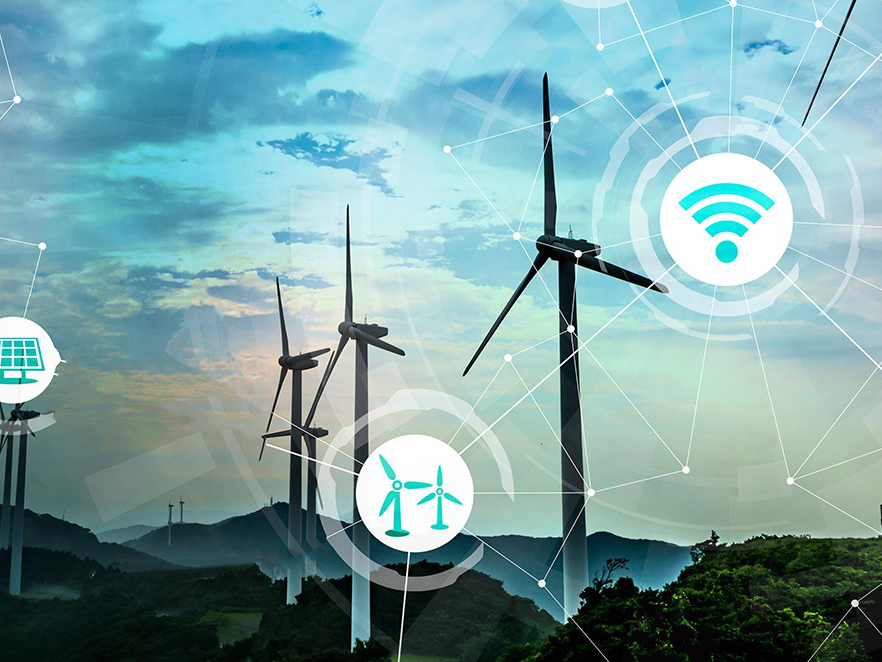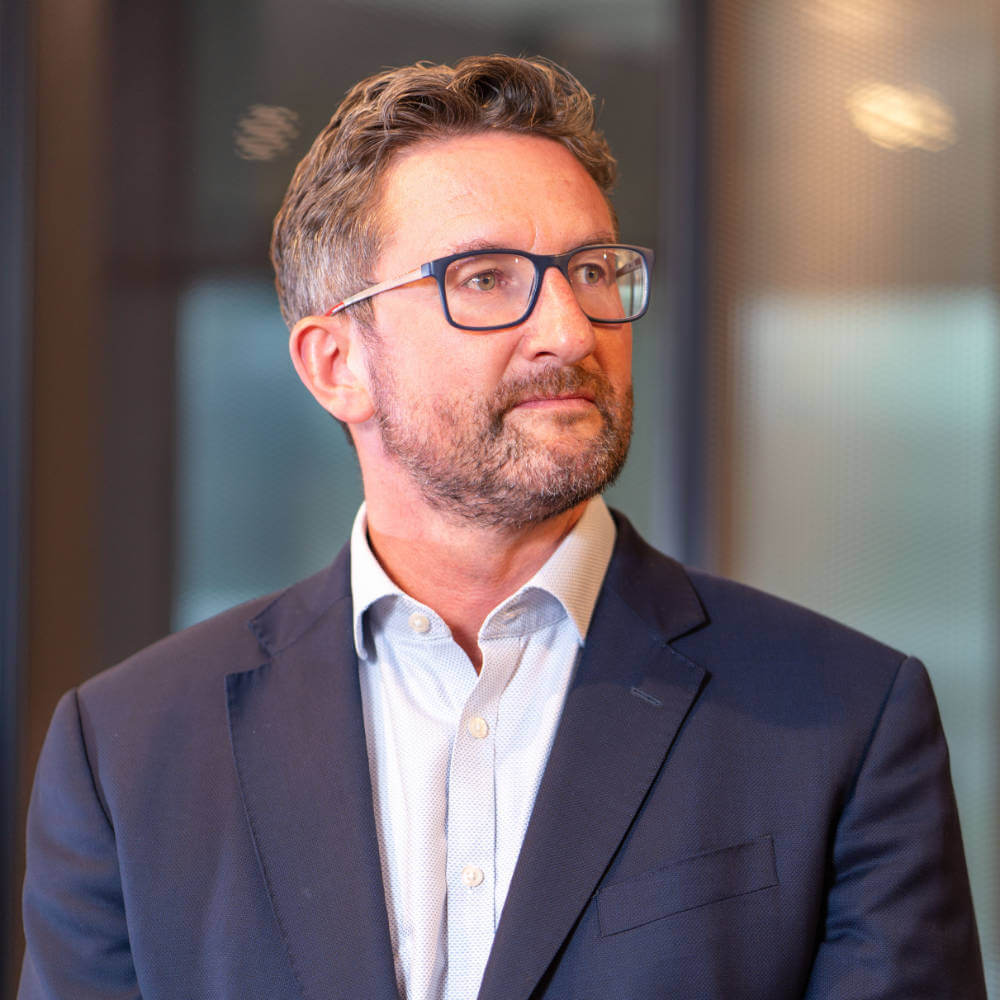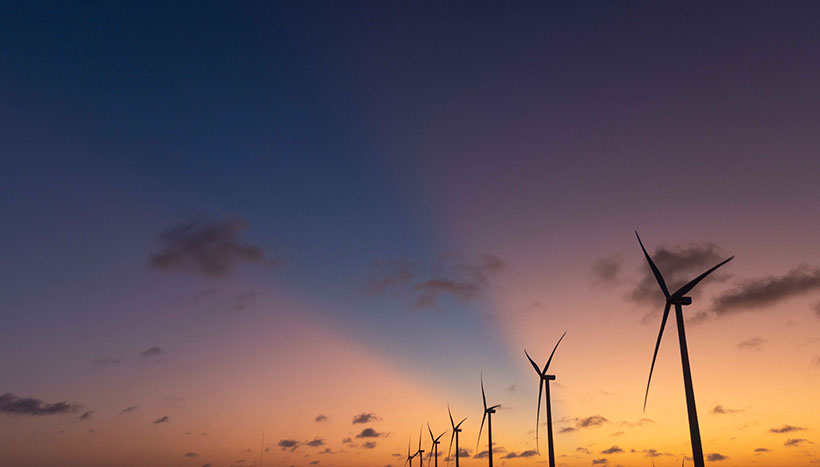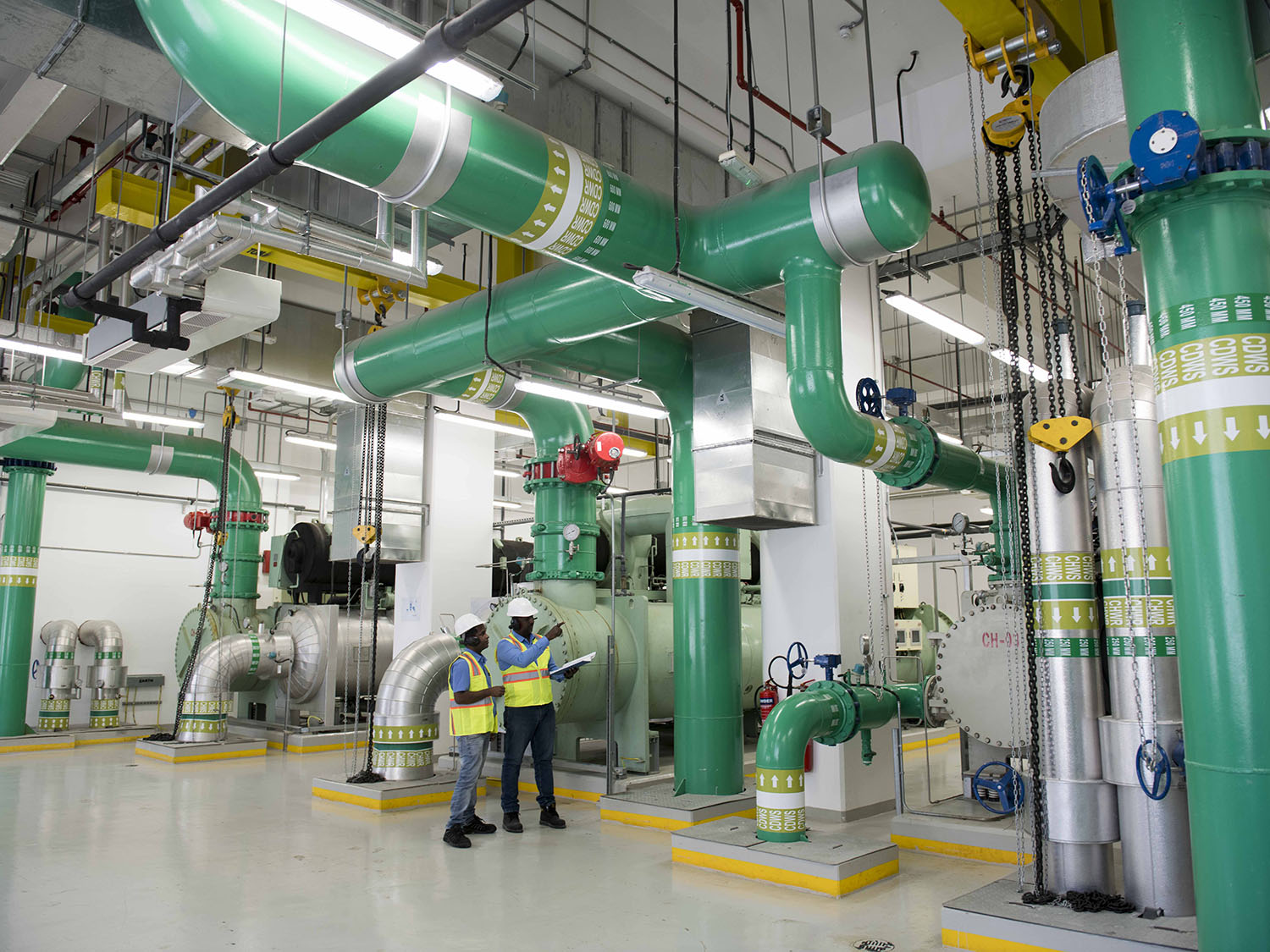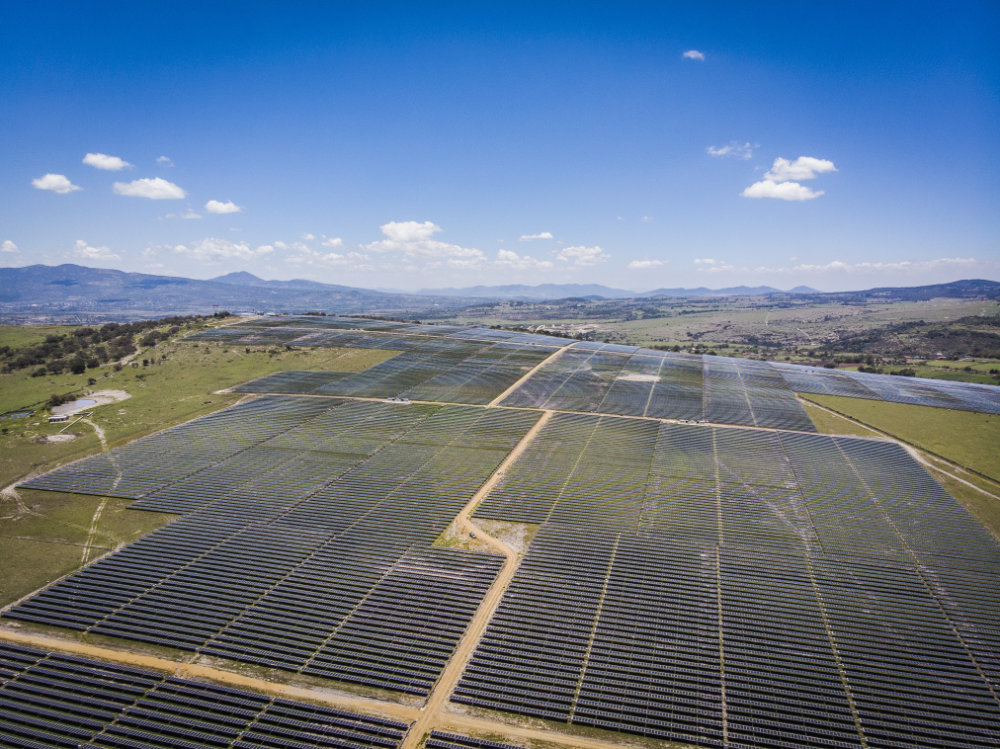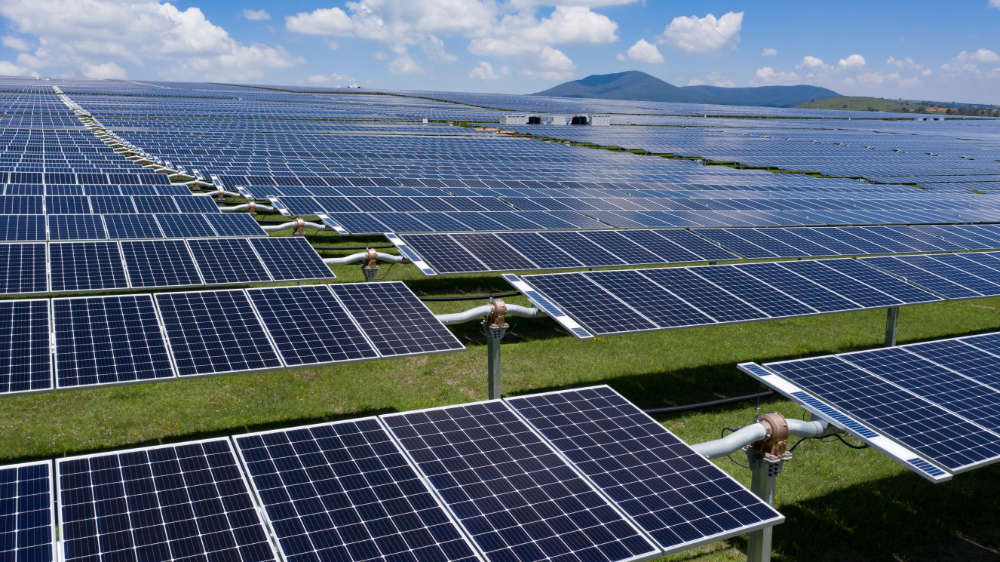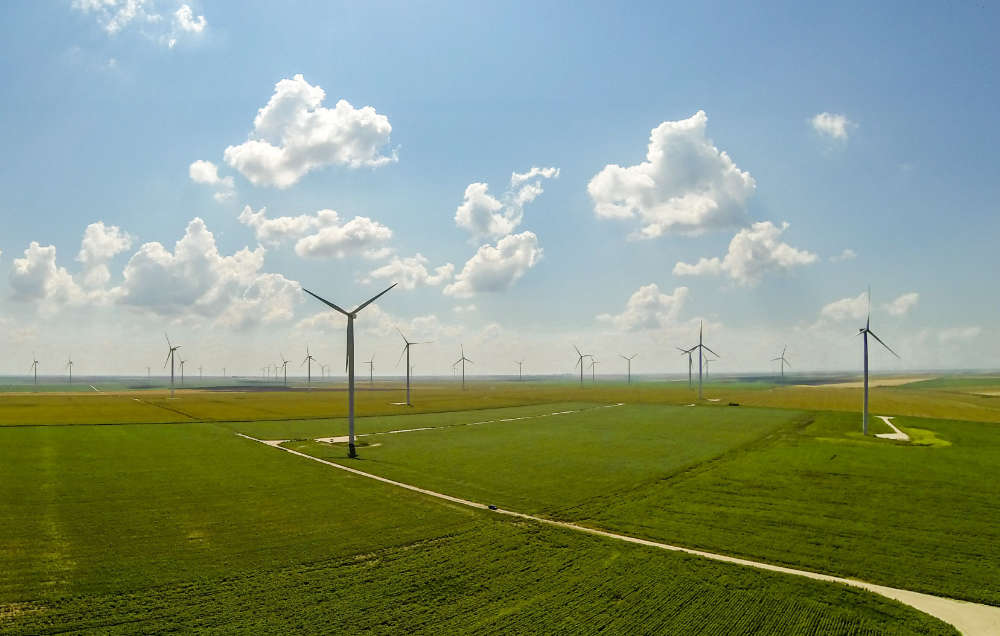Twenty years ago I started my first job as a mechanical engineer on a power plant construction project. We demolished an old oil-fired power plant and replaced it with a modern combined cycle gas turbine plant. I spent two years on that construction site replacing old technology with new, and this gave me my first insight into the ever-evolving nature of our industry. To paraphrase Heroclitus, “The only constant in the energy industry is change”.
“I spent two years on that construction site replacing old technology with new”
At Actis, we invest in power generation and high growth electricity distribution businesses across Latin America, Africa and Asia. In 2020, we controlled 13 businesses with over 60 projects totalling 12,000MW in construction or operation. This gives us a unique insight into the technologies, asset performance and the challenges of managing the integration of energy projects into electricity grids.
What’s in this edition?
In this edition of The Street View, our Energy Infrastructure Operations Team will showcase how we are using technology to improve our assets, where we believe the industry is headed and what technologies will take us there.
What is apparent is that no one technology is the total solution in the power industry. Solar PV will account for 30% of global generation by 2050, hydrogen will play a significant role and our electricity grids will increase network coverage by a factor of 2.5 to cope with this change. The industry also has to adapt to a world where – by 2030 – two thirds of the world’s population will live in cities and there will be a 10–fold increase in the deployment of renewables.
“no one technology is the total solution in the power industry”
Also in this edition, Liam Smith and Preyavart Gadhavi explain how volume growth has led to huge technological advances in the Solar PV industry. Today’s panel manufacturing efficiencies, generation efficiencies and solar panel prices could never have been predicted ten years ago. I recall in the first round of the South African renewable energy procurement program ten years ago when Actis, in its second energy fund, invested in two 50MW solar PV projects in De Aar and Droogfontein. At the time, a 230-watt solar panel cost $230. The same size PV panel today can generate 450 watts and costs $90. As with many industries pricing drives technology adoption.
In their article, Ralf Nowack and Hernan Arrigone explain how Actis uses drone technology to monitor our solar assets and how we use Artificial Intelligence to improve asset performance.
Liam Smith’s article delves into how the wind industry has evolved from a niche technology to a fully industrialised renewables value chain, including a consolidated group of global manufacturers. The investment in offshore wind technology has also benefitted the onshore business as we see ever-increasing turbine scale.
In 2002, as Actis was being formed, wind turbine units being installed were 850kW Vestas units with a 52m rotor diameter. Today in Brazil, we are installing Vestas 4.2MW turbines with a 150m rotor diameter. That equates to a 5-fold larger generator size and an 8–fold increase in the swept area of the turbine rotor.
Many thought that wind turbines would ultimately be limited by material mechanics and the logistics of transporting components. The industry has once again broken down these barriers and shows no signs of stopping anytime soon. At Actis, we do not simply rely on the turbine manufacturers to deliver best practice. We have developed our own AI tools to predict gearbox failure and are using robots and drones to identify blade quality issues. This use of technology not only improves downtime but also leads to a much safer working environment. Previously technicians would abseil down a blade checking for issues and now the technician is safely on the ground controlling a drone which has a high definition camera.
We also invest in efficient gas-fired power generation. We believe in the value this brings particularly where an emerging economy has indigenous gas, using gas as a transition fuel to a cleaner future. Even in gas-fired plants, we are looking for ways to improve performance and we detail how we implement upgrades to our gas turbines, allowing us to generate more MWs from existing power plants.
“Hydrogen is the simplest and most common element in the universe, so the possibilities are not limited by supply of hydrogen. Rather it is the technical constraints that present challenges. The role of the energy industry’s engineers and scientists is to find a way past these constraints.”
Philippe Wind and Preyavart Gadhavi examine the changing nature of electricity grids. The potential we have to rethink how we transmit, store and trade electricity is probably the most difficult aspect of predicting the future of electricity networks. The centralised generation model with a hub and spoke system is being redrawn; in many developing markets, it is being drawn for the first time without the constraints of any existing model. However, the changing nature of our relationship with electricity is a huge factor in this. The vehicles that we will drive, the green energy we desire and the reliability of supply that we simply demand are all in flux. Consumers expect that electricity grids will be there to answer all these questions – and we intend to play a part in this.
In our view, the greenest energy of all is that which we do not need to produce in the first place. When we think of electricity transmission and distribution grids, we want to see how we can make them more efficient and reduce losses. Every extra kilowatt in loss reduction means one less kilowatt has to be generated and this is something that is often overlooked. At Actis, we invest in both generation and high growth electricity distribution companies so we are well positioned to understand and deliver in this area.
Hernan Arrigone’s article examines the potential for hydrogen to play an increasing role in the energy mix. Hydrogen is the simplest and most common element in the universe, so the possibilities are not limited by supply of hydrogen. Rather it is the technical constraints that present challenges. The role of the energy industry’s engineers and scientists is to find a way past these constraints. Our industry has done it before with every technological challenge that we have faced, and we believe that hydrogen will be no different.
There are some today who will claim that the economic cost of utilising hydrogen is simply too high. We have heard this argument before in relation to wind powered generation and then with solar PV. Our industry has demonstrated repeatedly that we can overcome technology barriers to deliver the lowest cost power. If we cannot deliver low cost power then we as an industry cannot survive.
Thomas Edison said it best when he stated, “We will make electricity so cheap that only the rich will burn candles”. We too want to ensure that electricity is accessible to everyone in a clean, reliable and cost effective way. The candles should be used for ambience only.
